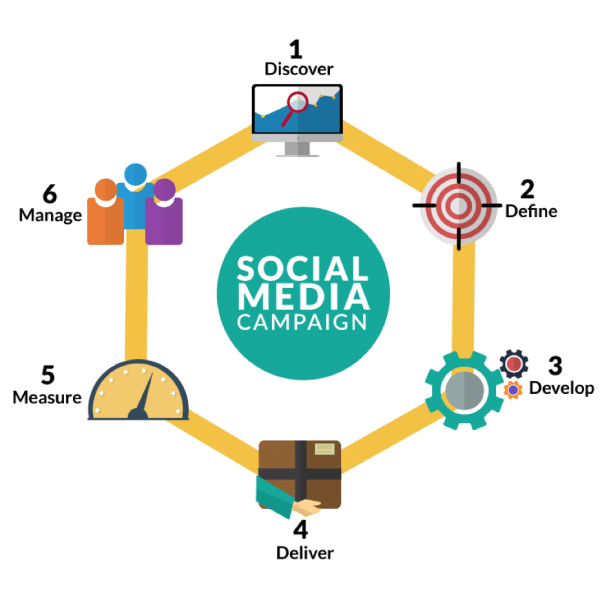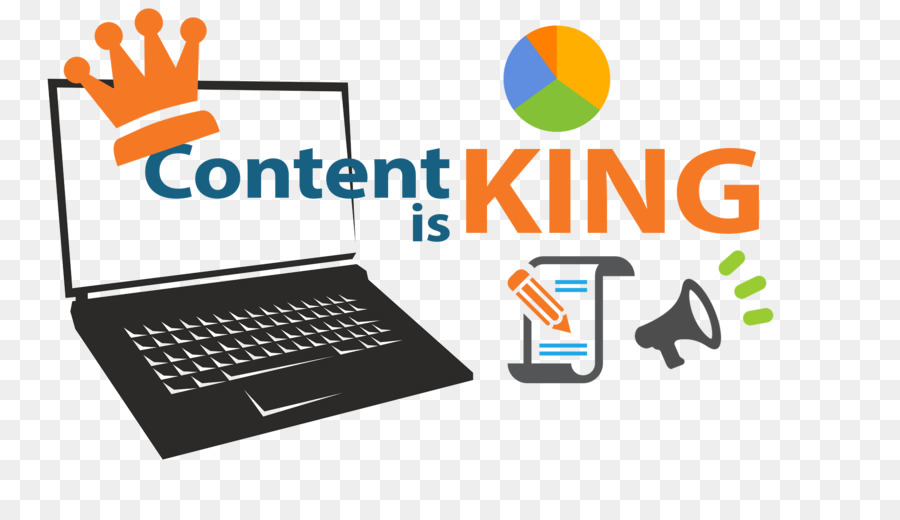"Whether we're working with a new or existing client, our focus is always on ROI (return on investment). Our approach evry -time is the same: we listen to your objectives and only then recommend the tactics we believe will give you te greatest amounf -of business ton te finam in a set time. We get results by providing rock solid seo strategy which includes on- and offsite elements to a website, custom software solutions for te needs of your business/organisation, detailed reporting and real-time keyword and competitor tracking."
"SEO stands for “search engine optimization.” In a nutshell, you’re trying to persuade the search engines that your site is THE authority on your chosen topic. There are a number of ways to do this, but without getting in to a highly advanced and technical discussion, we’re basically talking about two things here: (1) formatting your content so that the search engines can read it (i.e. what do the spiders see when they crawl your site), and (2) creating external links that point to your blog. Let’s look at each one of these in detail: Formatting your site for SEO. There are two basic things your content should contain: (1) Headings. Search engines love text, and what looks less appealing to them than a wall of solid text? For that reason, you should have paragraph headlines throughout your content, which tell the search engines what the main topics of each section are, and often wrap a section of content up. You should also use H1 and H2 tags wherever it makes sense to do so, particularly in the first paragraph of your piece of content, explaining to the reader what the section is about. The site optimization every webmaster needs. (2) Images. First and foremost, search engines can’t see images or hear sound, so be aware of that as you decide how to structure your site. What they can look at, however, are actual words. As a result, it stands to reason that the more text you can provide them with, the better. So, when it comes to the topic of images, their effect on your site is actually twofold. On the one hand, it does no harm to have your images labeled in such a way that they contain the “key words” for the post of the image, as well as the post as a whole. Secondly, you can use the actual image content to reinforce what the post is talking about. The trick is to do this in a way that looks natural and not like you’re squeezing in a keyword or two. That’s where a little bit of creativity and originality come into play. Search engines read from left to right, so be sure that your text is flowing in that direction toward your main keywords, if you can. Creating external links that point to your blog. Search engines are a little like teenage boys. They mostly ignore you, but"



